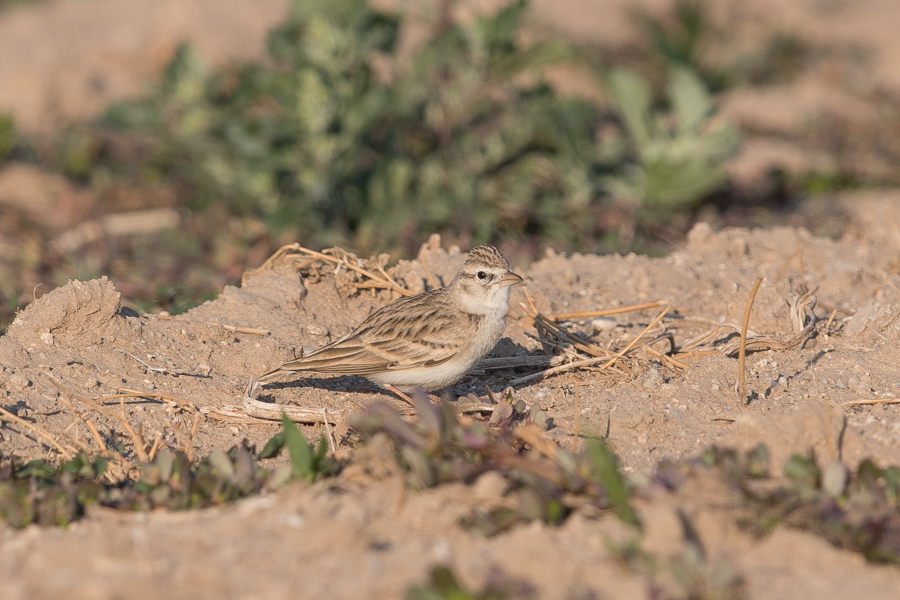Whilst birding the rocky desert near Ushaiqer I came across several Wheatear species. Isabelline Wheatear was seen a couple of times and Iranian Wheatear Oenanthe persicapreviously a subspecies of Eastern Morning Wheatear more often. The most common wheatear was White-crowned, which I have posted about already. Birds were not easy to photograph as they were constantly on the move. Several Blackstarts were also located in the area.
 |
| Isabelline Wheatear |
 |
| Iranian Wheatear |
 |
| Iranian Wheatear |
 |
| Blackstart |



















































